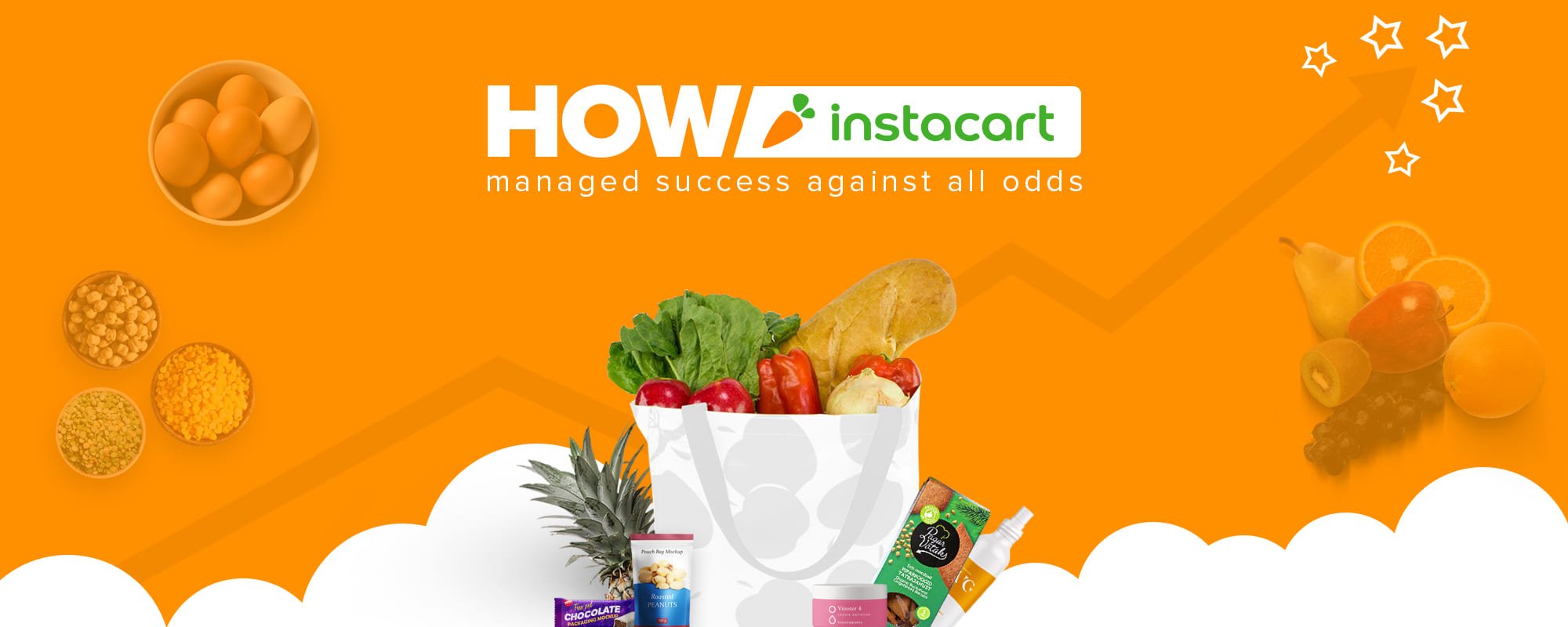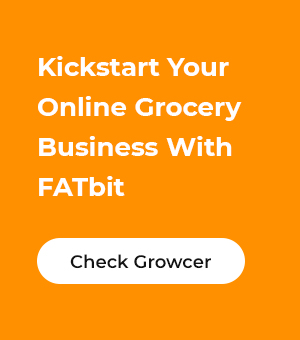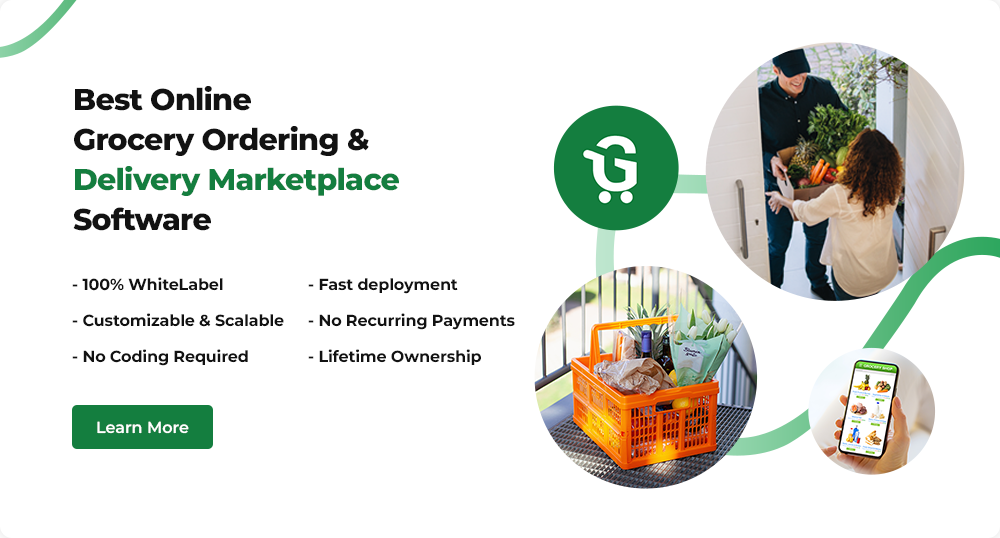Instacart is among those online grocery pioneers that don’t need any introduction. Founded in 2012, today, it has become a household name across the US. In 2015, Instacart also topped the list of Forbes America’s Most Promising Companies. So far, the company has acquired funds of $711 and also gained a valuation of $3.4 billion earlier this year (March 2017).
All these numbers prove that the company has a thriving present & a promising future. But the big question is – how does Instacart make money and manage positive profit margins in the tough online grocery market, where other startups have a hard time even surviving? How does instacart overcome challenges inherently associated with online grocery businesses?
The answer lies in the fact that Instacart has learnt a lot from the mistakes of failed online grocery businesses that came before it. For instance Webvan, which focused on aggressive expansion without proving its sustainability & scalability, and also tried to own everything (warehouse, logistics, etc.), instead of aggregating resources.
How Does Instacart Makes Money?
In a recent interview, Apoorva Mehta (Co-founder, Instacart) also said that – Instacart makes good money because it owns nothing. No inventory, no delivery vans, and no store whatsoever. Today, this is what we know as the asset light business models.
Besides, learning from others’ mistakes, Instacart has also constantly worked on enhancing the online grocery business model in a manner that ensures more earning without screwing up the customer experience.
Let’s get into details on how the online grocery mogul “Instacart” works and manages a profitable stance in this challenging sector.
Best Strategies of Instacart Business Plan & Instacart Revenue Model
Premium Subscription
Instacart premium membership is a program in which the subscriber pays a nominal additional fee once a year, and gets unlimited delivery on all orders above $35. The lump sum that customers pay for availing premium delivery services for an entire year constitutes the major portion of the company’s revenue.
Another huge benefit of this service is that it ensures Instacart customer loyalty. For customers too, it is a very welcoming change, as not only they are saving some money but also don’t have to worry about delivery charges everytime they order groceries online
Contract Workers
Besides being an asset light business model, Instacart has also brought the flair of gig economy into their business. The company has dedicated shoppers working for them on contractual basis, who assist customers in their shopping, and are aptly called the contract workers.
The shoppers get paid for the number of orders they complete in a week. By hiring these contract workers, Instacart smartly saves lots money, which it would otherwise spent on fixed employees’ salaries. Like a wise man once said, “A penny saved is a penny earned,”
Items per Minute
“Items per minute” is an innovative strategy by Instacart which enables shoppers (contract shoppers) to put more items into customers’ shopping cart in a window of sixty seconds. The key to this is an algorithm at the back-end, which sends shoppers to the stores (listed grocers) whose layout they are most familiar with.
Naturally enough, this saves shoppers the unnecessary time spent on searching for the right aisle to find the required items. The more items a shopper can put in his cart, the more orders he can execute in a day.
Advertisements
On-site advertisements may not sound as innovative as Instacart’s other money-making/saving initiatives, but how the company capitalize on them, is worth knowing for entrepreneurs looking to increase the profit margins of their startups.
Instacart leverages its brand name (& the industry it belongs to) quite smartly. Instead of hosting ads from 3rd party ad networks, it hosts its own ads and target big brands of the consumer food industry – like Pepsi & Whole Foods – and makes lots of money with considerably less hassles.
How Instacart is Managing Grocery Delivery services during Covid-19?
In March, Instacart Inc.’s Chief Executive Officer Apoorva Mehta told his staff that Coronavirus was going to change everything and the company would have to prepare for an onslaught. In just a few weeks, consumer grocery demand hit record levels and is up 300% year-over-year.
In an order to keep up with demand, Instacart executed the following strategies:
- The company increased its shopper community from 200,000 to 350,000 to better serve customers while also providing shoppers with immediate and flexible earnings opportunities.
- Instacart is providing its shoppers’ health and safety kits to keep them safe from Coronavirus.
- They are providing up to 14 days of paid sick leave to workers diagnosed with COVID-19 or who are under quarantine.
- The company began contactless delivery including the “Leave At My Door” option to limit face-to-face interaction of shoppers with customers.
- Instacart adds new features like “Fast & Flexible delivery options” to speed up the deliveries during the lockdown.
- Further improvements are automatic cancellation of out-of-stock orders (customer default tip), easier batch cancellation, mobile checkout, in-app incident reporting, rating forgiveness, and order issue reviews.
Also, Instacart has partnered with Costco to include prescription drug delivery in seven states, including Washington.
Suggested Read: Coronavirus (COVID-19) Effects On Grocery Business
Conclusion
It is evident that there’s much to learn for startups from the success story of Instacart – be it of the online grocery sector or any other eCommerce industry. Instacart has proven that a business can thrive, no matter how difficult the market is – but only if it stands its ground and continuously strives towards improvement.
And it is only for these reasons that while many online grocery stores are struggling to keep their cash flow neutral (let alone positive), Instacart is growing at an impressive rate. And the strategies discussed above prove that succeeding in the online grocery sector isn’t that difficult a nut to crack. And as an aspiring entrepreneur, if you need some morale boost, this is it.
Planning to build a platform like Instacart? Check readymade ecommerce grocery software



